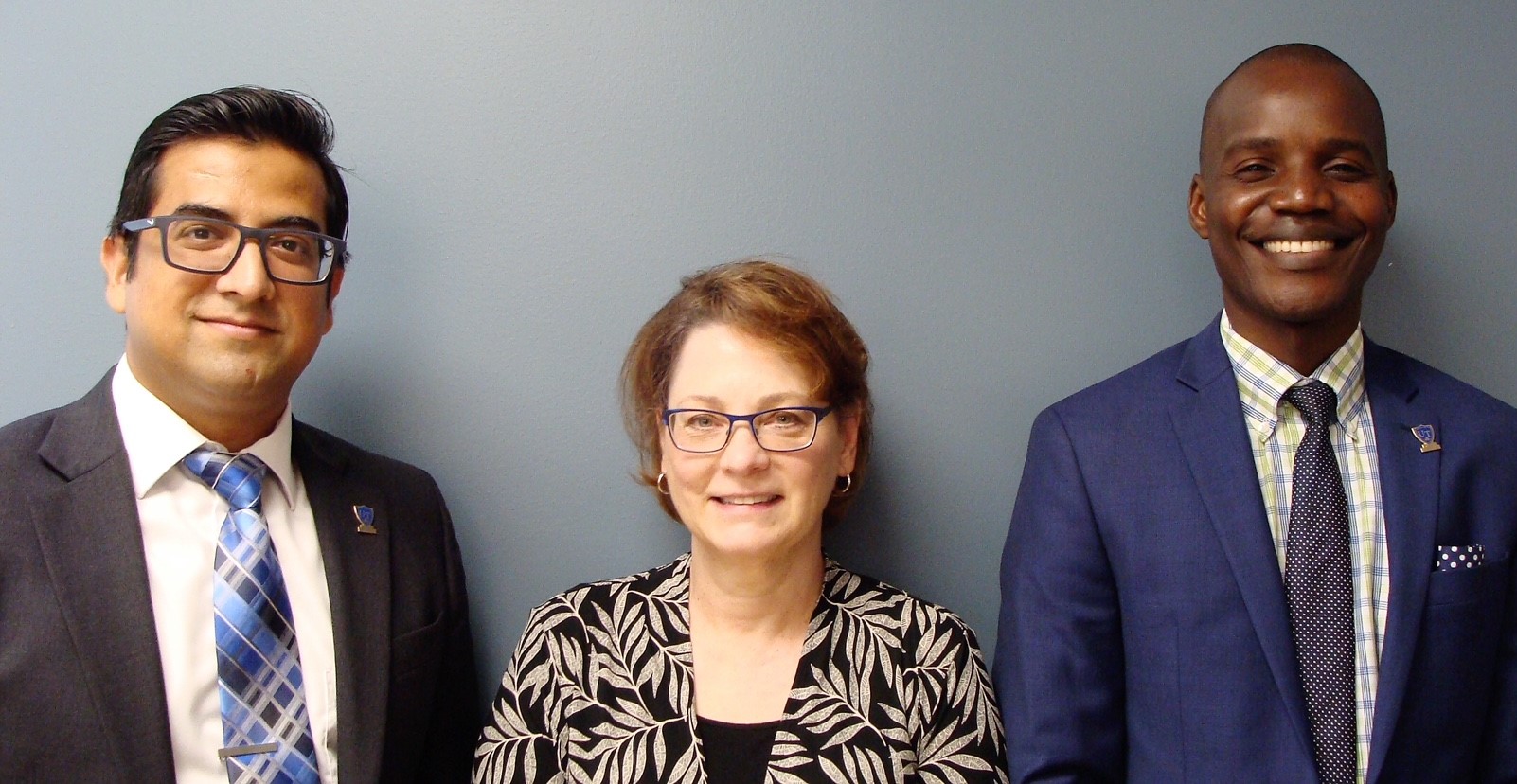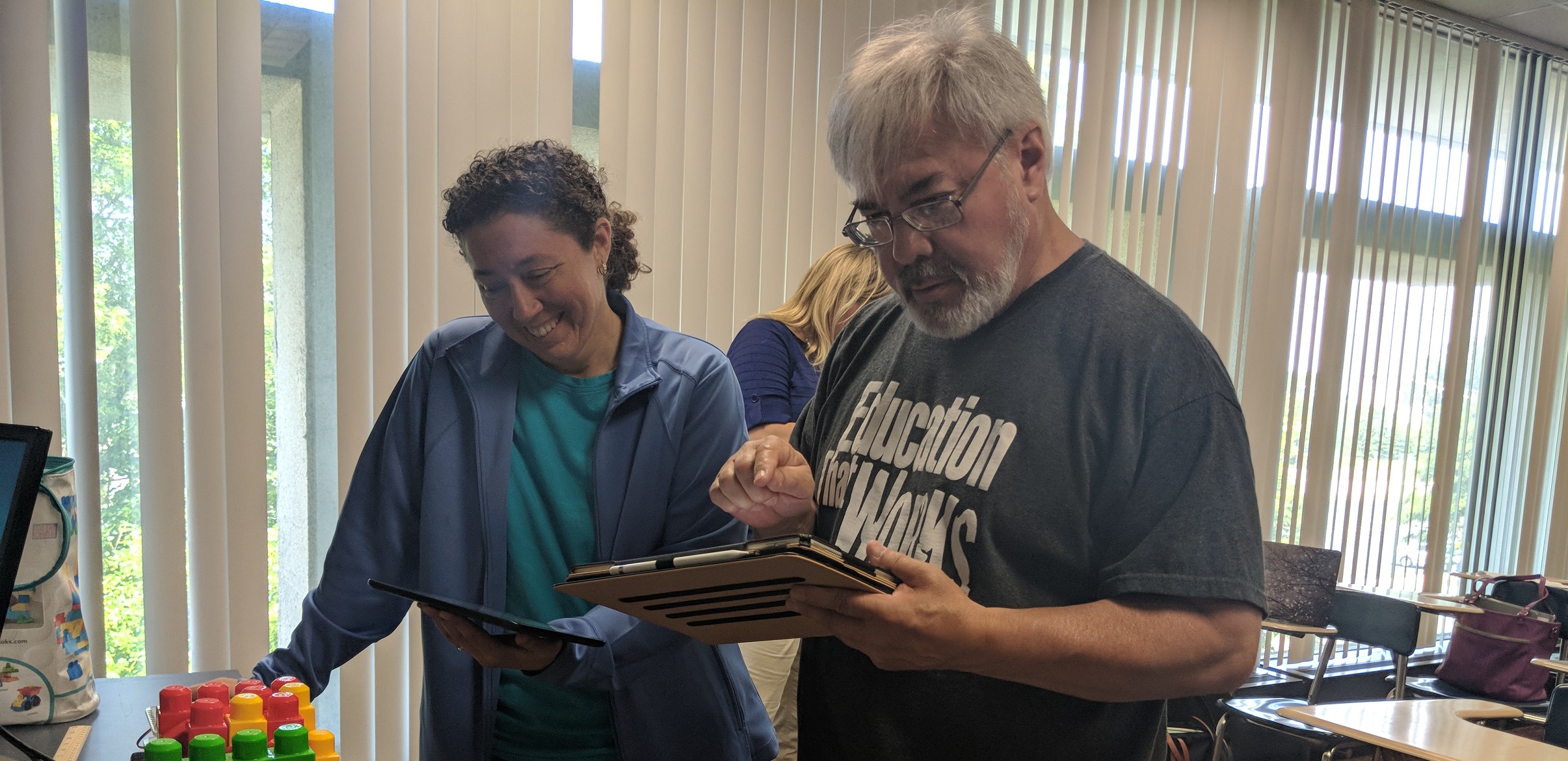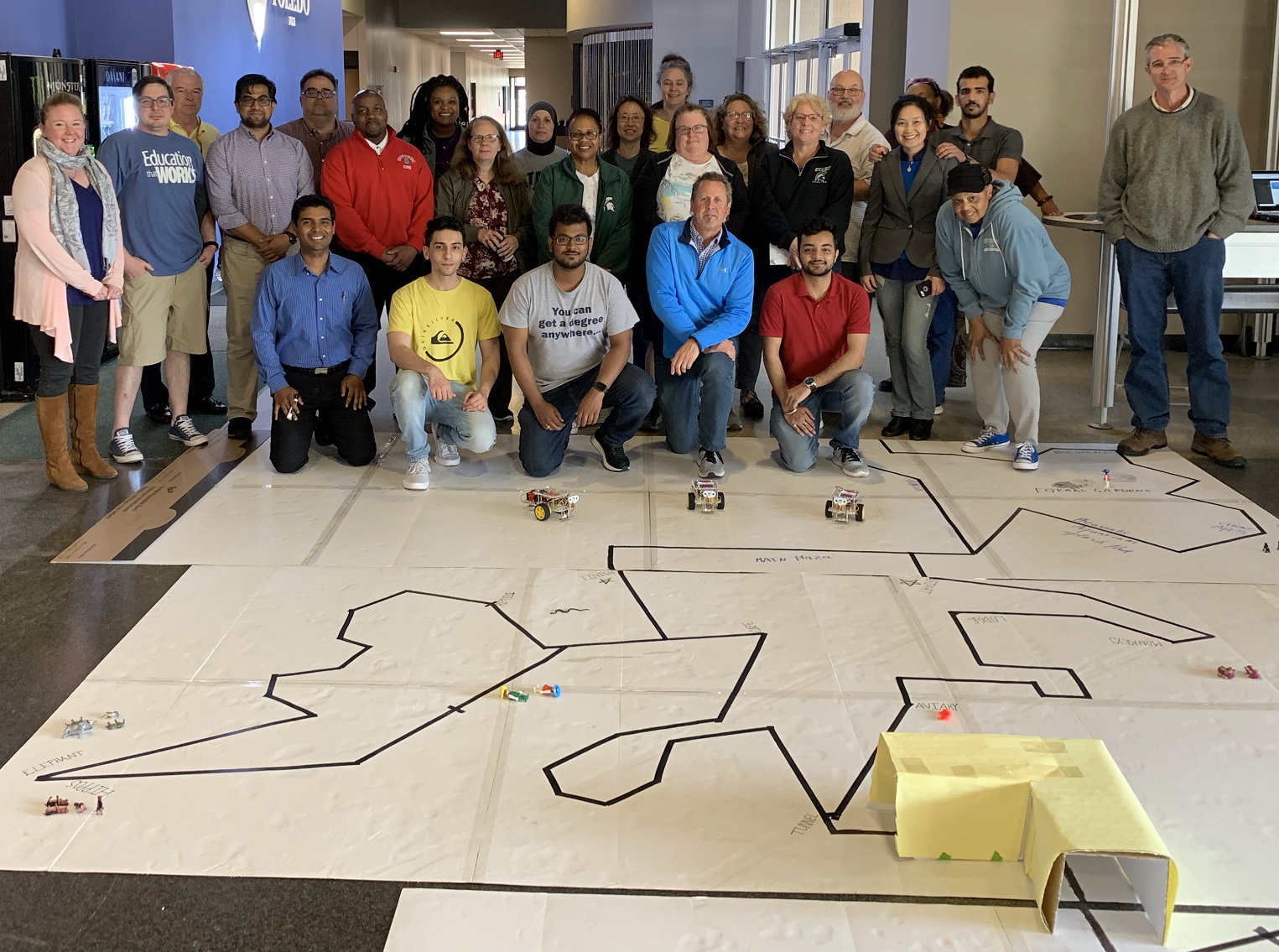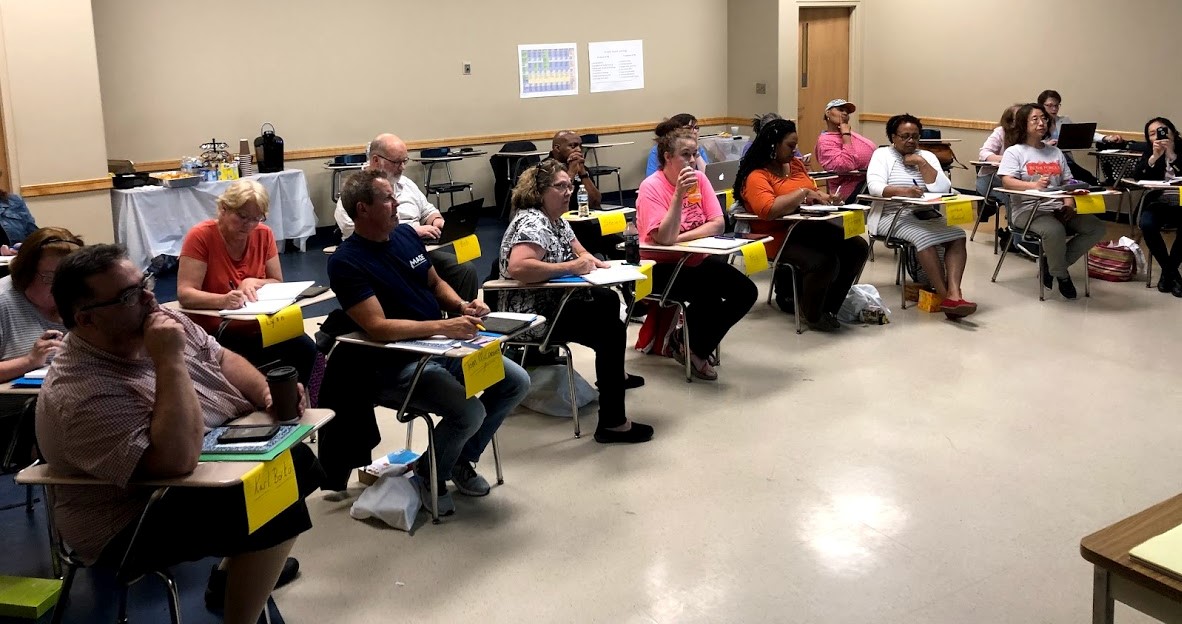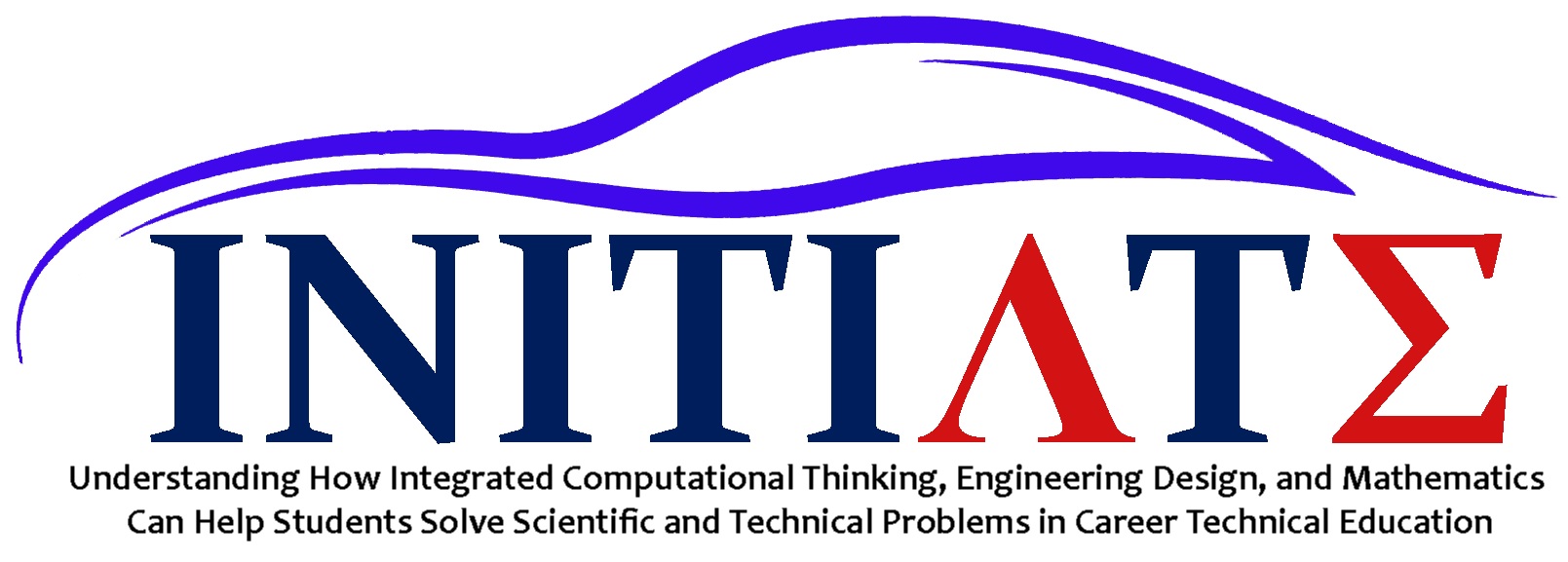INITIATE is a 3-year, STEM+C Partnership Program Design, and Development project that partners high school Mathematics and Career Technical Education (C.T.E.) teachers in Toledo Public Schools (T.P.S.). Due to mathematics often times serving as a gatekeeper for further STEM study, including technical careers, and to the strong reciprocal relationship between mathematics, computational thinking, and preparation for STEM careers, the project includes teachers of Algebra I, Geometry, Algebra II, and Statistics/Analysis. The topic of smart vehicles coupled with Project-Based Learning (P.B.L.) will effectively blend mathematics with science (e.g., physics), technology, and engineering. Read More>>>

Meet the Team
Meet our experienced and dedicated team of Professors, Educators, and Graduate Assistants.

Lesson Plans
Implementing PBL in your classroom can be challenging. These lesson plans by our curriculum team and SI teachers helps in getting a thorough understanding of PBL in classroom.
Publications
Our findings during the project published in conferences, can be found in this section.
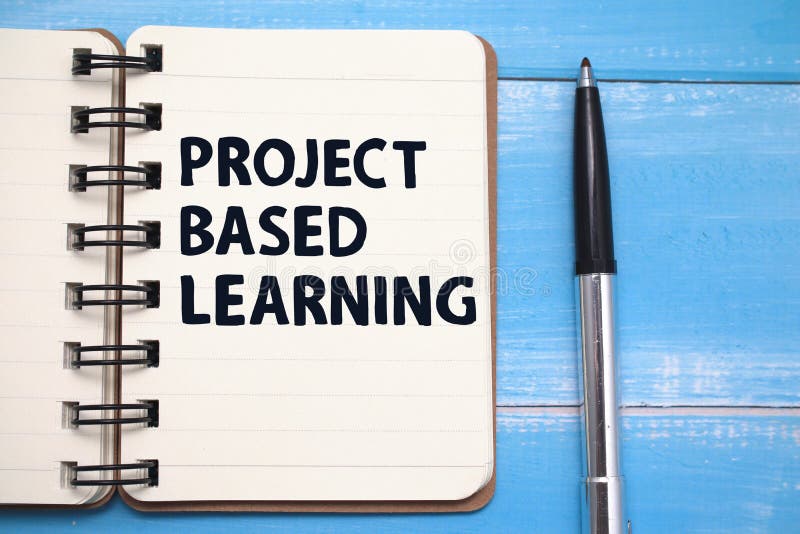
Project-Based Learning
Identifying a potential realistic problem/project, and solving it through a number of engaging activities for better understanding of the subject at hand.
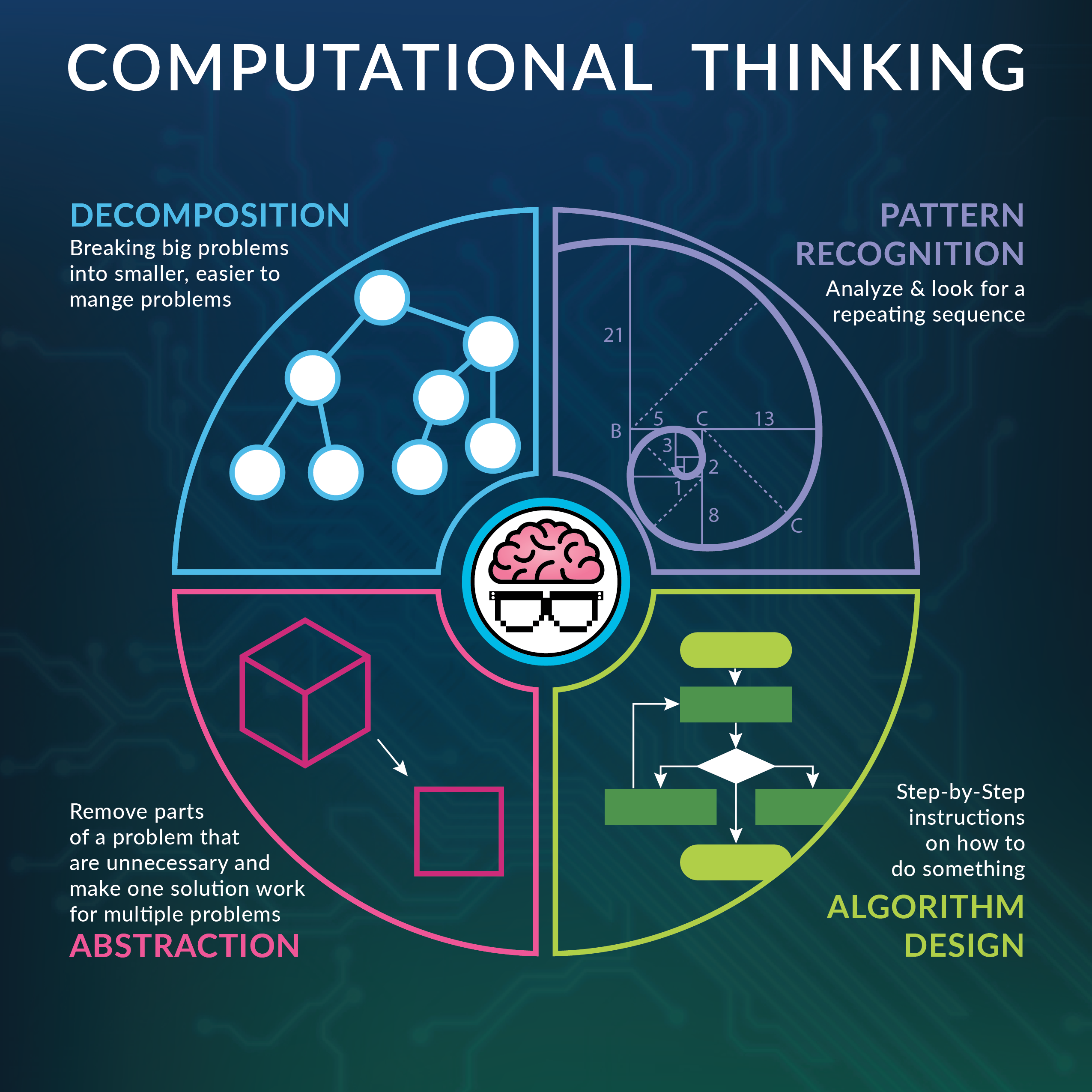
Computational Thinking
One of the pillars of this grant is to make high school students better at computational thinking. It helps in solving complex problems or approaching it from a different perspective.
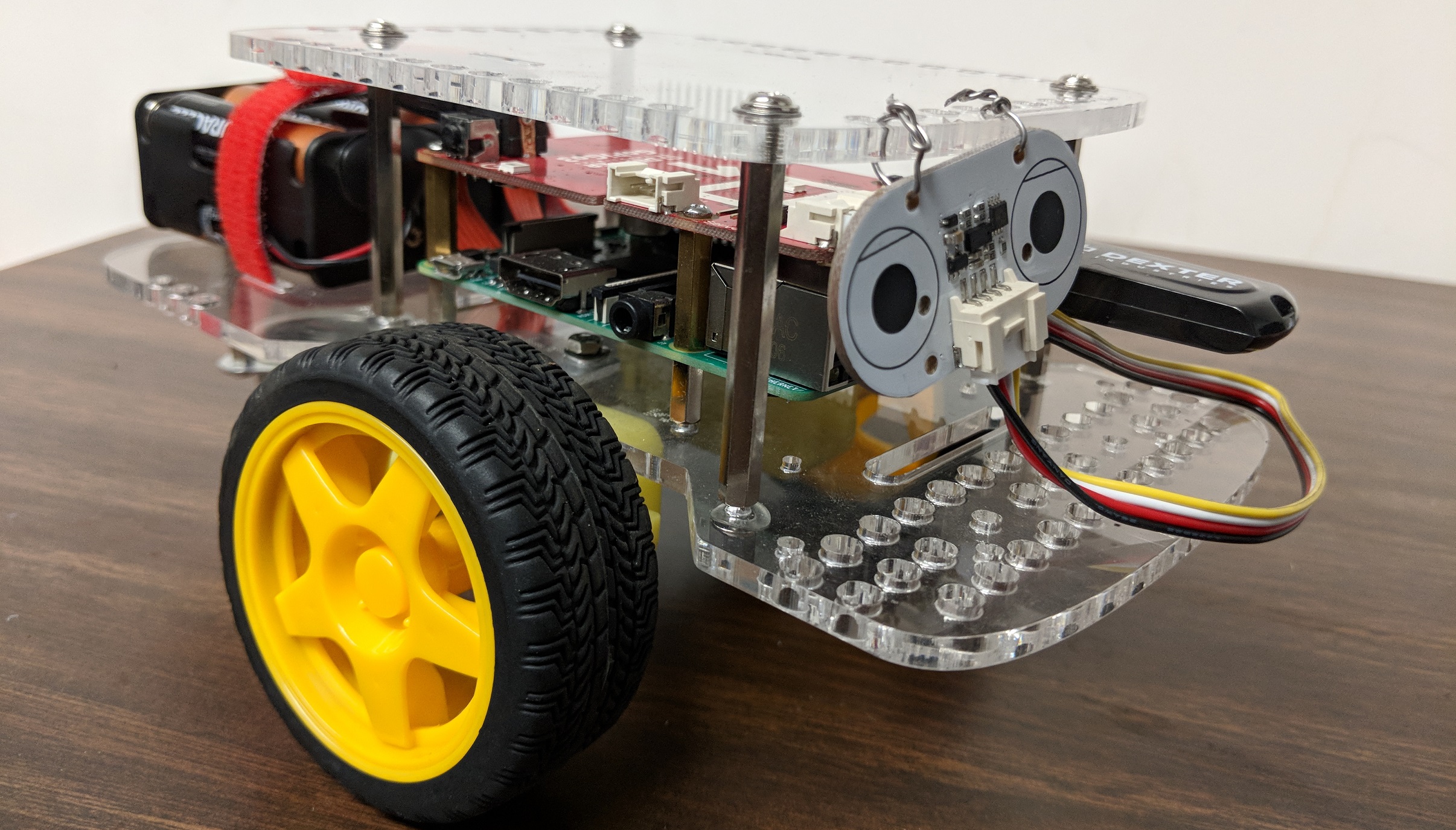
GoPiGo
The main focus of this project is to get high school students interested in STEM courses and opt CTE courses which will be good for both the students and the society.
Disclaimer
- This material is based upon work supported by the National Science Foundation under Grant Number 1741784
- Any opinions, findings, and conclusions or recommendations expressed in this material are those of the author(s) and do not necessarily reflect the views of the National Science Foundation.



